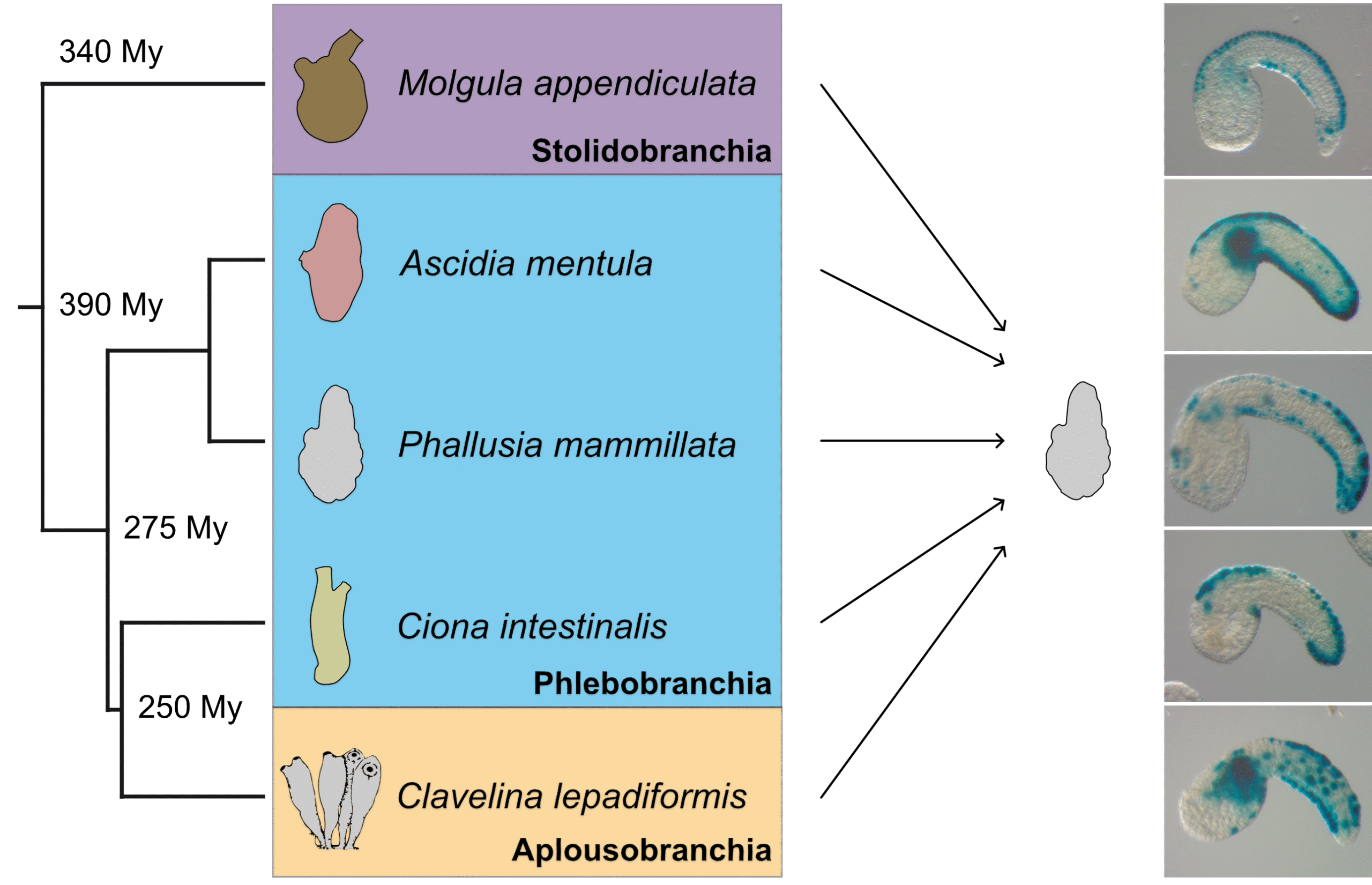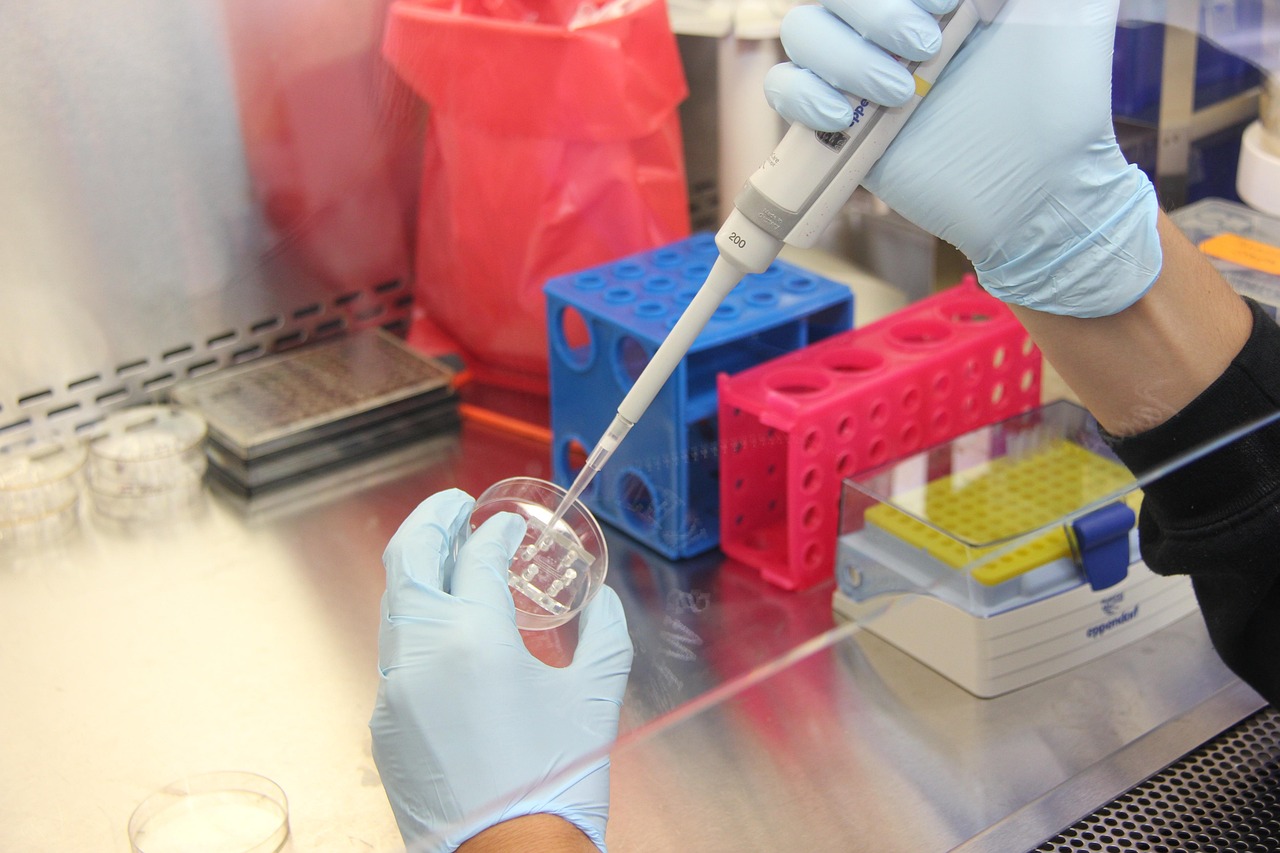A 4-6 months internship proposal by the DEEVA team.
Evolution of developmental enhancers.
Ascidians are marine invertebrates that belong to the vertebrate sister group. This diverse group of 3,000 species is characterized by a conserved, fast and stereotyped embryonic development with very few cells. By contrast, their genomes are highly divergent with a fast rate of evolution and extensive rearrangements. Since ascidians are good models for functional genomics they offer an excellent opportunity to probe the diversification of developmental mechanisms 1.
We have studied the gene regulatory networks that control peripheral nervous system (PNS) formation in the ascidian Ciona intestinalis; and have started to probe the modifications that have occurred in other species 2–6. Our team, being located at the marine station of Banyuls-sur-mer, benefits from the access to a variety of ascidian species that cover the different ascidian families.
To evaluate how developmental mechanisms have changed during ascidian diversification, the student will focus on one aspect, transcriptional regulation, by studying cis-regulatory DNA/enhancers. A unique set of PNS markers with conserved expression across 5 ascidian species will be studied 1) to determine whether their conserved expression relies on conserved regulatory mechanisms, and 2) to identify candidate upstream regulators. The student will combine:
– in silico analysis of genomic sequences to identify cis-regulatory regions and upstream regulators (transcription factors)
– molecular biology to produce DNA constructs containing candidate regions upstream of a reporter gene
– molecular embryology (in particular DNA electroporation) to generate transgenic embryos for in vivo transcriptional assays
1. Lemaire, P. Evolutionary crossroads in developmental biology: the tunicates. Development 138, 2143–52 (2011).
2. Pasini, A. et al. Formation of the Ascidian Epidermal Sensory Neurons: Insights into the Origin of the Chordate Peripheral Nervous System. PLoS Biol 4, e225 (2006).
3. Coulcher, J. F. et al. Conservation of peripheral nervous system formation mechanisms in divergent ascidian embryos. eLife 9, e59157 (2020).
4. Chowdhury, R. et al. Highly distinct genetic programs for peripheral nervous system formation in chordates. BMC Biol 20, 1–25 (2022).
5. Daric, V., Lanoizelet, M., Mayeur, H., Leblond, C. & Darras, S. Genomic Resources and Annotations for a Colonial Ascidian, the Light-Bulb Sea Squirt Clavelina lepadiformis. Genome Biology and Evolution 16, evae038 (2024).
6. Roure, A., Chowdhury, R. & Darras, S. Regulation of anterior neurectoderm specification and differentiation by BMP signaling in ascidians. Development 150, dev201575 (2023).






